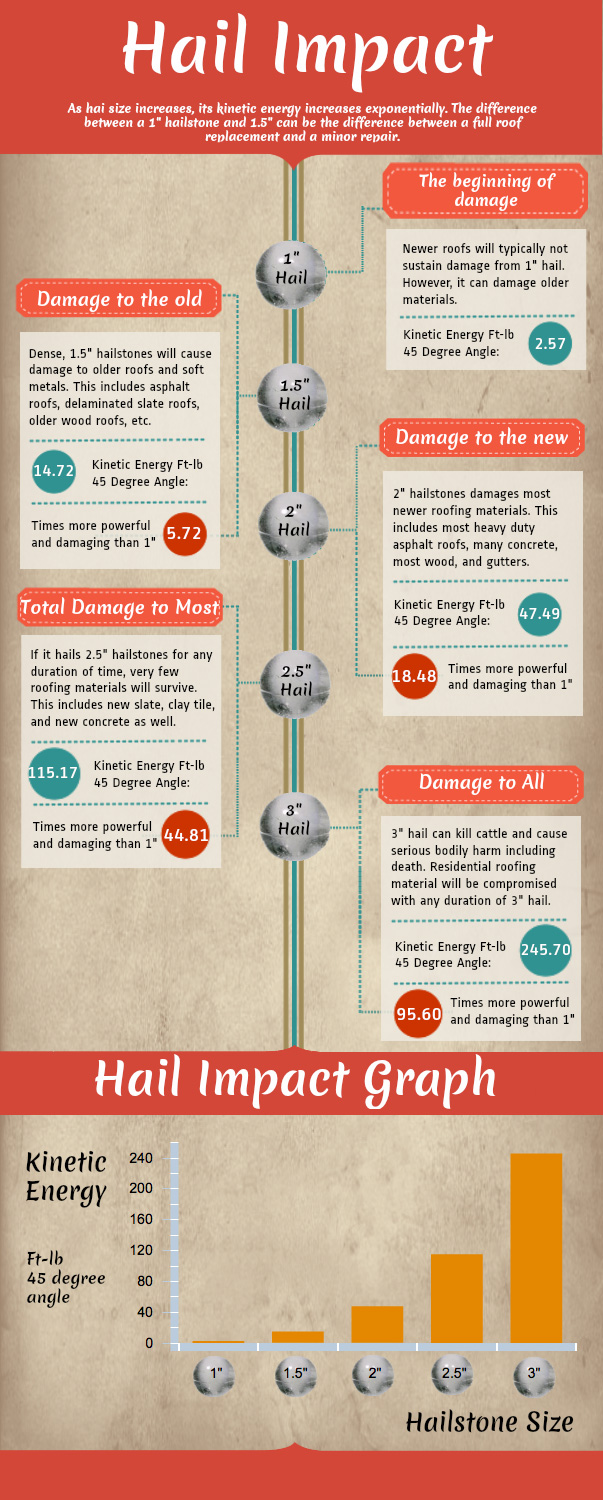Comparison Of Solar Power And Standard Power Sources: A Thorough Evaluation
Comparison Of Solar Power And Standard Power Sources: A Thorough Evaluation
Blog Article
Personnel Writer-Malmberg Ploug
When assessing the viability of solar power versus typical power resources, you might find yourself considering the long-lasting sustainability and impact on your finances. The detailed equilibrium between first expenses, continuous expenditures, and environmental ramifications increases sixty-four-thousand-dollar questions about the future of power generation. As you navigate through the intricacies of this comparison, a much deeper understanding of the subtleties in cost-effectiveness, environmental stewardship, and energy safety and security awaits expedition.
Cost-Effectiveness Comparison
When contrasting the cost-effectiveness of solar energy with typical energy sources, it comes to be apparent that initial financial investment distinctions play an essential function in figuring out long-lasting financial savings.
While solar power systems need a greater upfront financial investment for installment and devices, they offer significant long-term benefits that can surpass the preliminary prices. The vital depend on comprehending that solar energy systems have very little recurring functional and maintenance expenses contrasted to conventional energy resources like nonrenewable fuel sources.
By investing in solar power, you can possibly save money on energy expenses over the system's life-span. Additionally, with innovations in innovation and decreasing installment costs, solar energy has become more obtainable and affordable for homeowners and businesses alike. These cost savings can accumulate with time, offering a return on investment that goes beyond traditional energy sources.
In addition, solar energy systems offer the benefit of power independence and stability versus rising and fall energy rates. By taking advantage of the power of the sunlight, you contribute to a cleaner setting and minimize your carbon footprint. Welcoming solar power not only advantages your budget yet likewise the planet in the future.
Environmental Impact Analysis
Solar power provides a promising choice to traditional power resources because of its dramatically lower ecological impact. Unlike fossil fuels that release dangerous greenhouse gases and add to air contamination, solar energy produces power without creating any kind of discharges.
The process of utilizing solar energy involves catching sunshine via photovoltaic panels, which does not release any kind of contaminants right into the atmosphere. This lack of exhausts helps in reducing the carbon impact connected with energy production, making solar power a cleaner and more sustainable option.
Furthermore, the use of solar power adds to conservation initiatives by minimizing the need for limited resources like coal, oil, and natural gas. By depending on the sunlight's abundant and renewable resource resource, we can assist preserve natural habitats, shield communities, and reduce the unfavorable influences of source extraction.
Reliability and Power Landscape Evaluation
For a detailed analysis of dependability and the power landscape, it's necessary to review exactly how solar power contrasts to typical sources. Solar energy is making headway as a reputable and lasting energy resource. While solar water heater installation like coal, oil, and natural gas have been traditionally leading, they're finite and add to environmental destruction.
Solar power, on the other hand, is bountiful and renewable, making it a much more lasting option in the long run.
In https://solarpaneloutput10087.csublogs.com/35635952/requirements-for-recognizing-the-right-solar-installer-important-questions-to-pose to dependability, solar power can be depending on weather and sunshine accessibility. However, improvements in technology have led to the growth of energy storage services like batteries, enhancing the integrity of solar power systems. Typical sources, on the contrary, are susceptible to cost variations, geopolitical tensions, and supply chain disturbances, making them much less trusted in the long term.
When analyzing the energy landscape, solar power offers decentralized power production, lowering transmission losses and raising power safety. Typical resources, with their central nuclear power plant, are much more prone to disruptions and need comprehensive facilities for distribution.
Conclusion
In conclusion, when comparing solar energy to standard energy sources, it is clear that solar energy offers a cost-effective, environmentally friendly, and reliable alternative. With very little functional expenses, prospective financial savings on utility expenses, and a significantly reduced environmental effect, solar energy is becoming a more lasting and safe alternative. Accepting solar energy can help reduce greenhouse gas discharges and add to preservation efforts, making it an engaging selection for the future.
